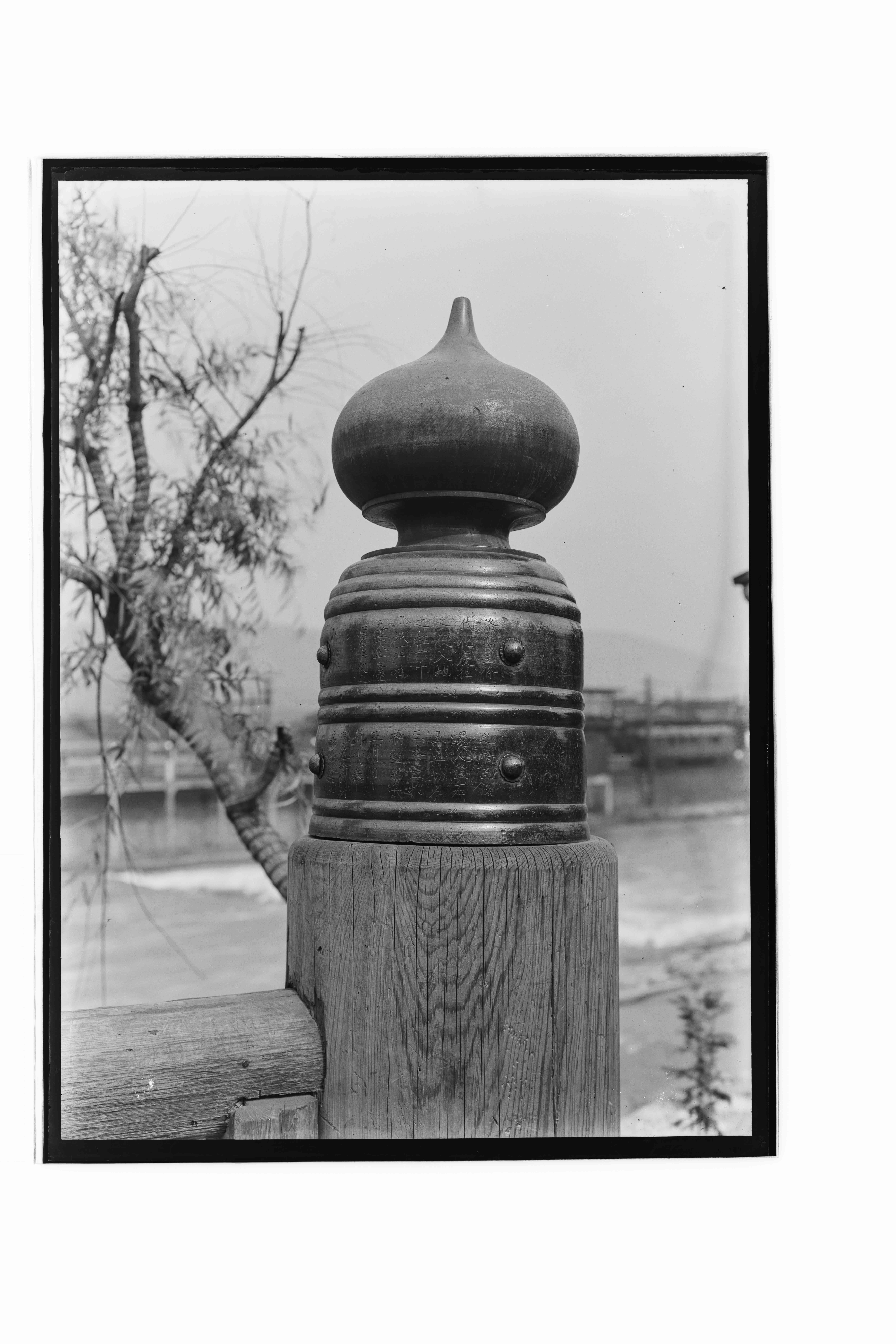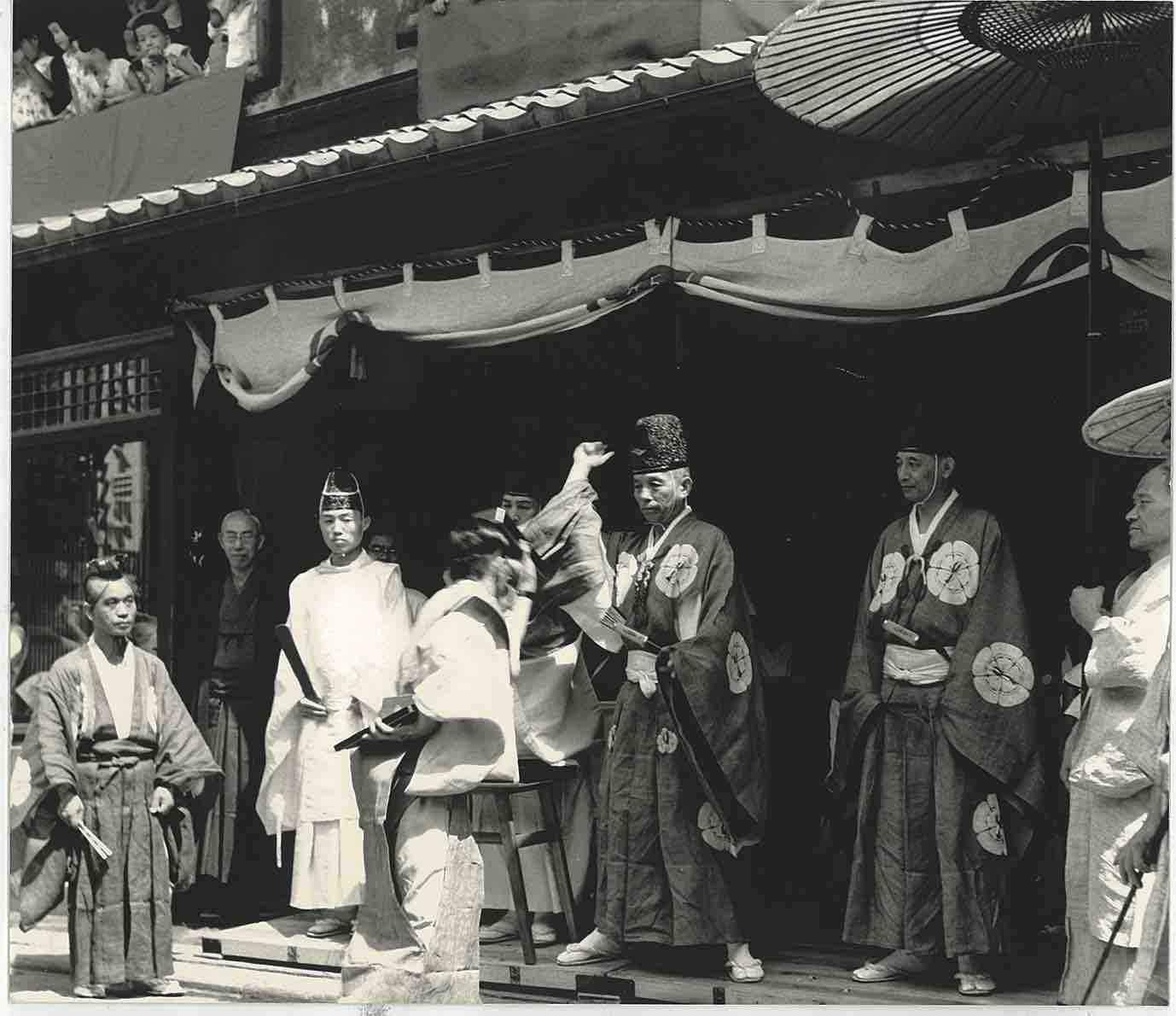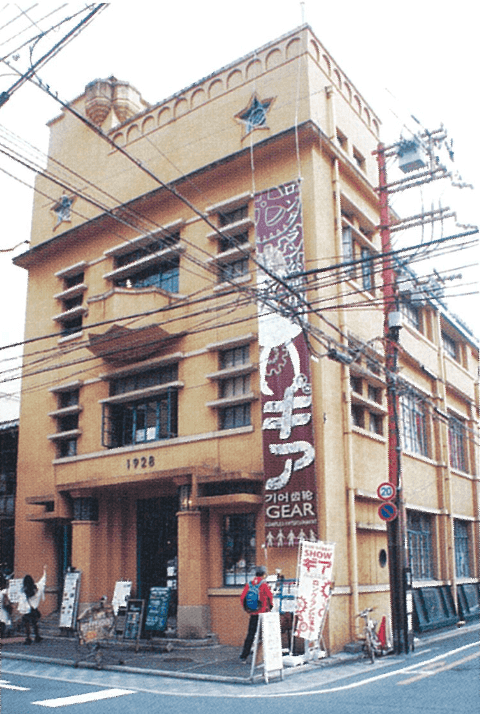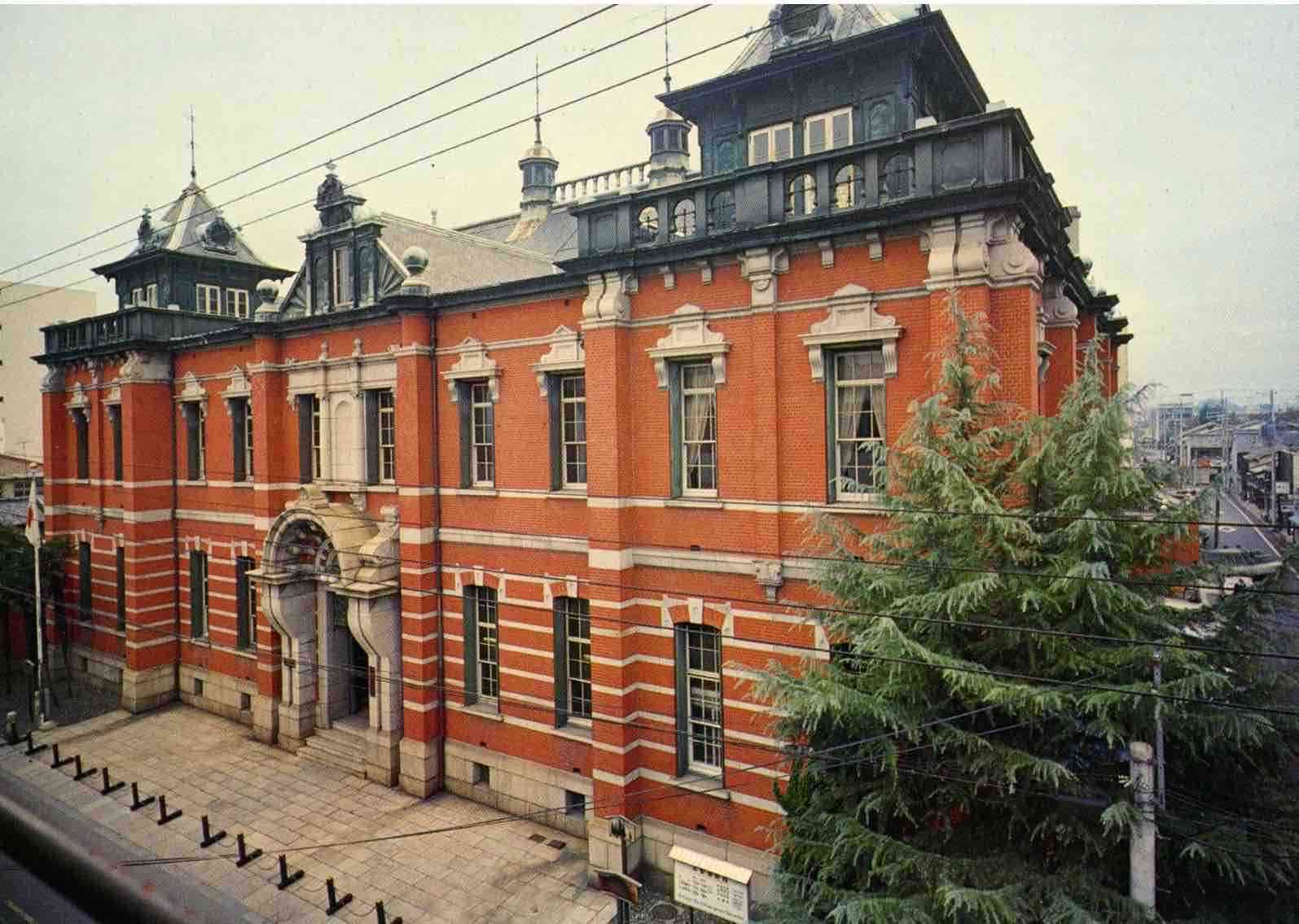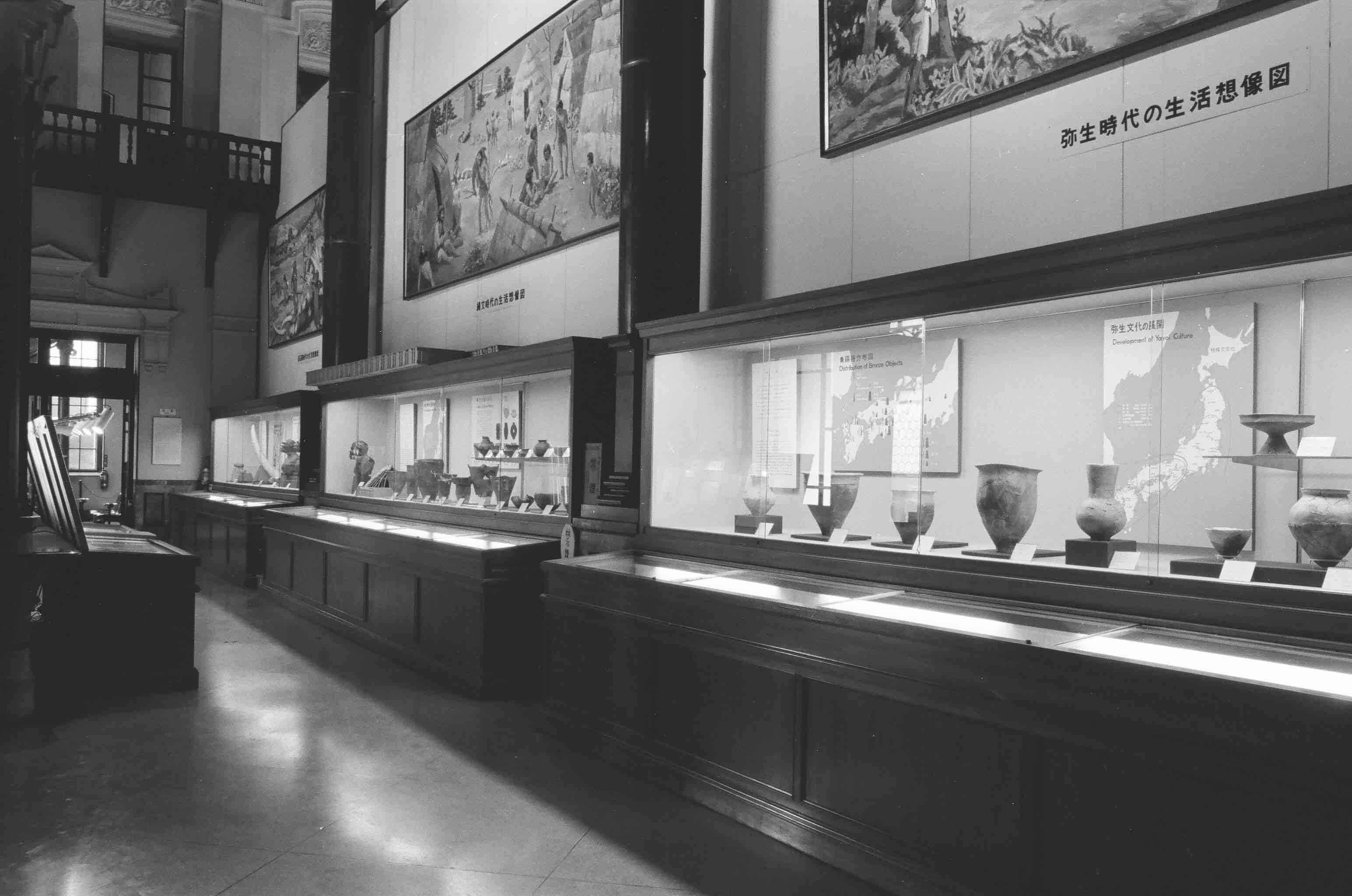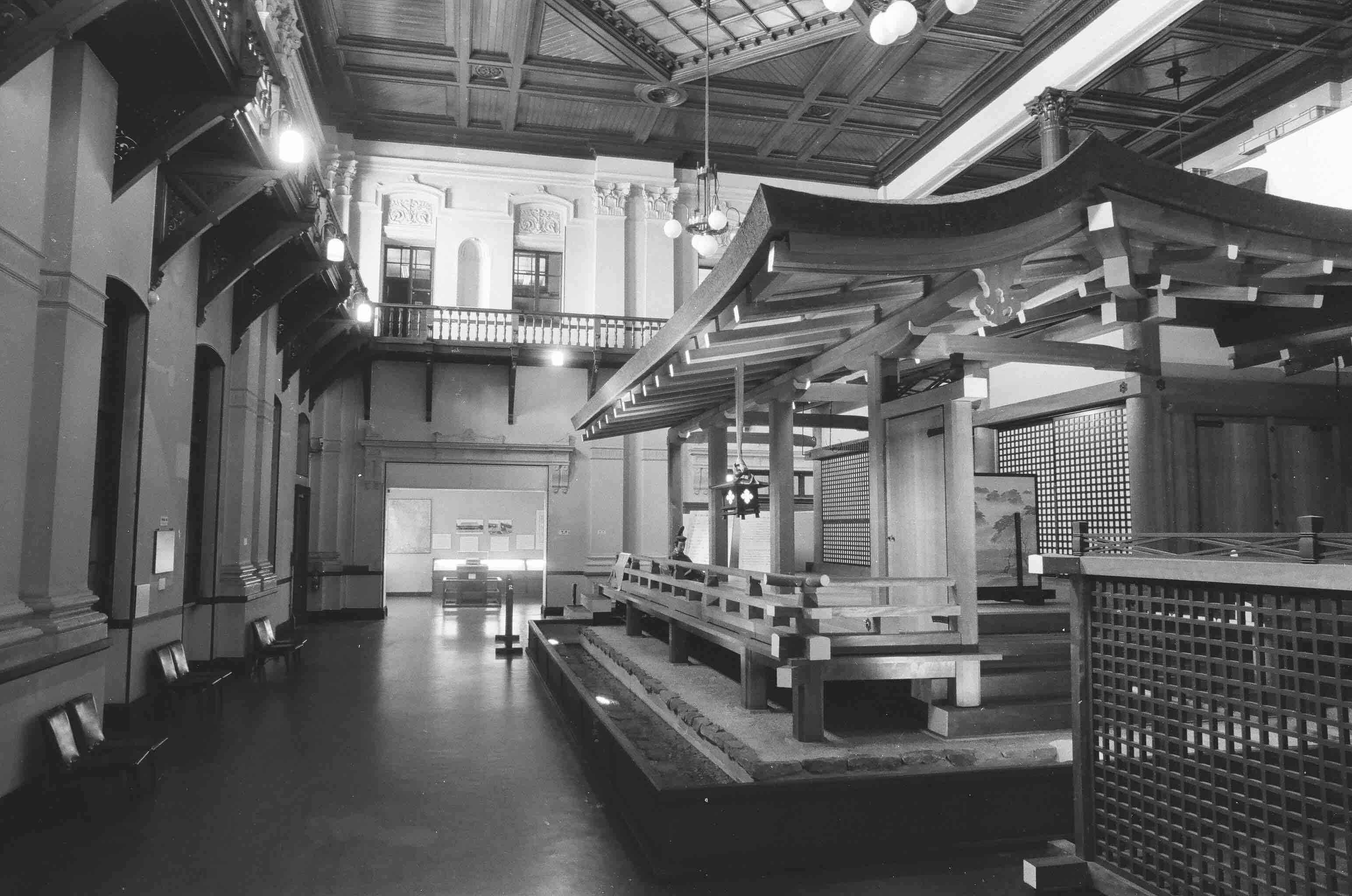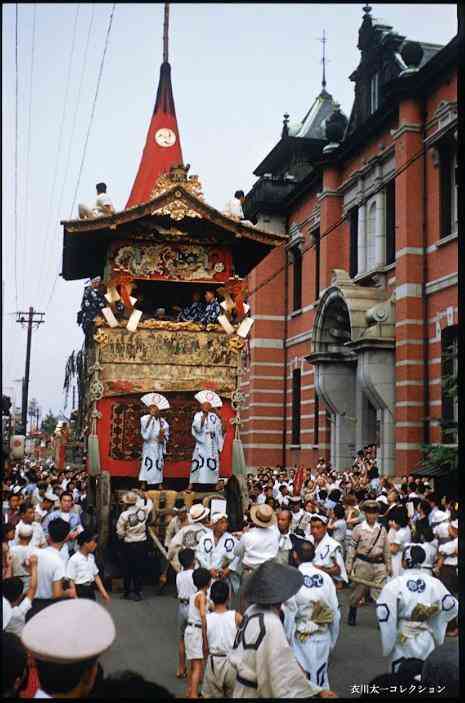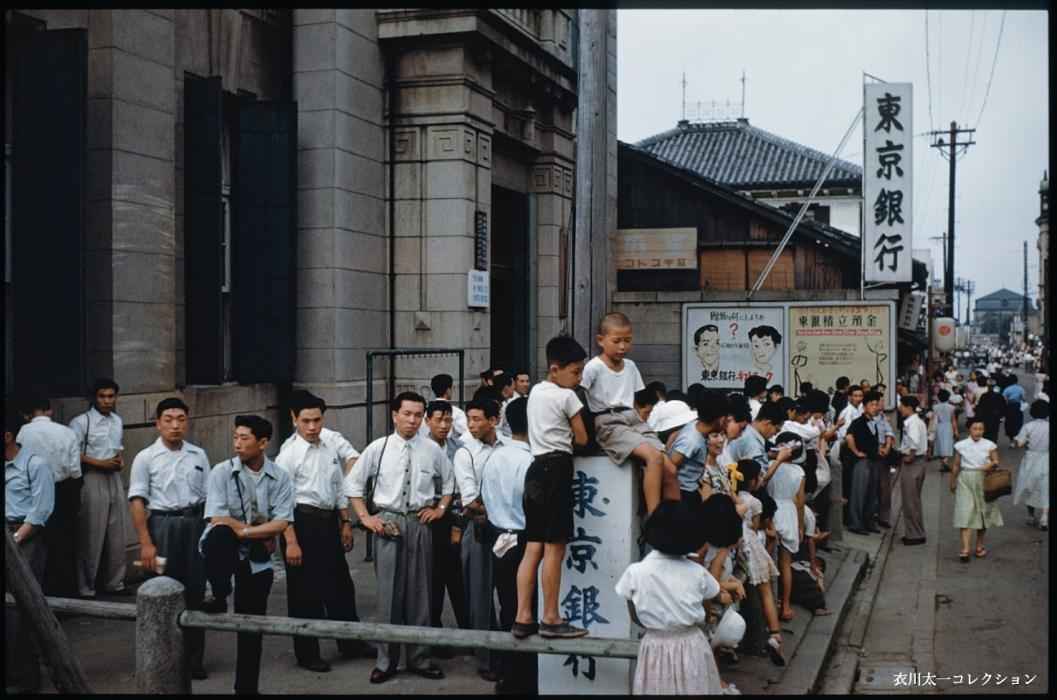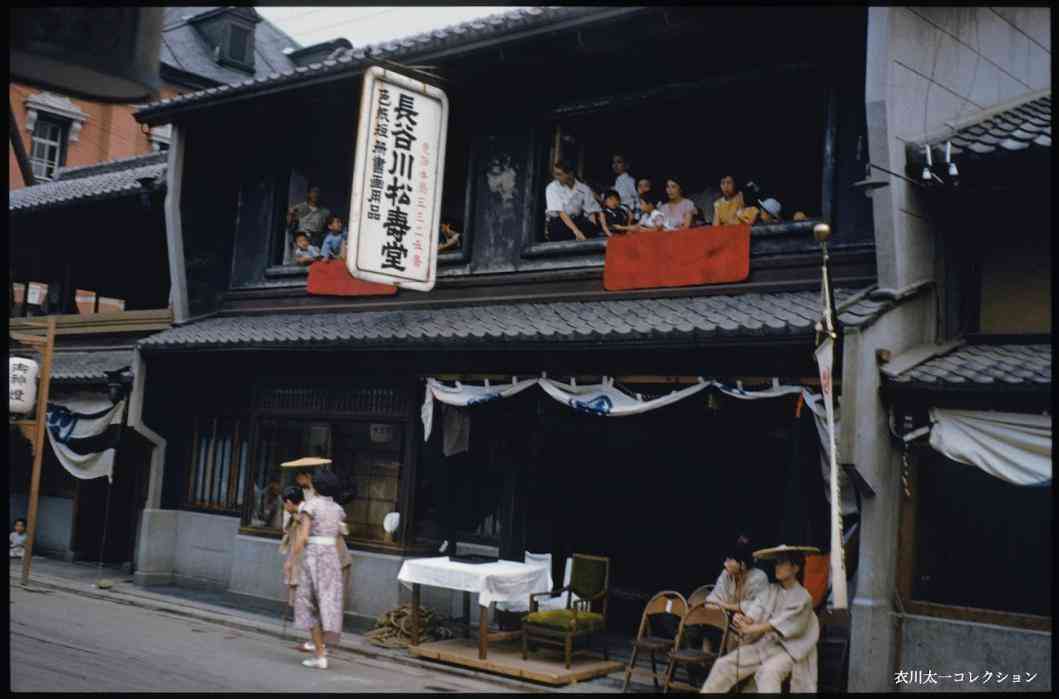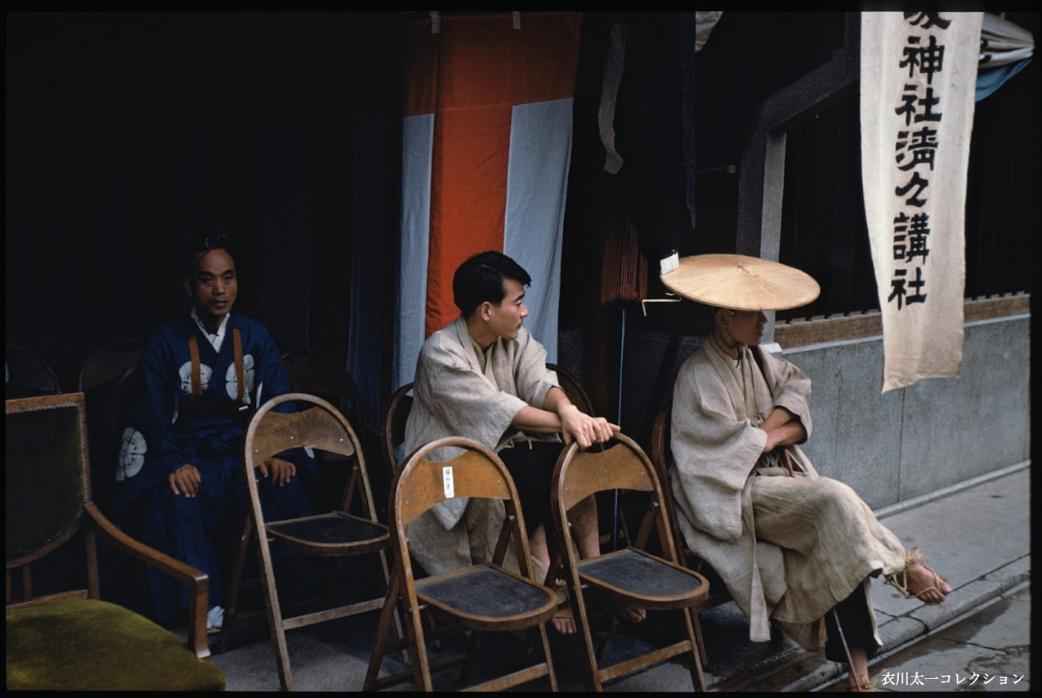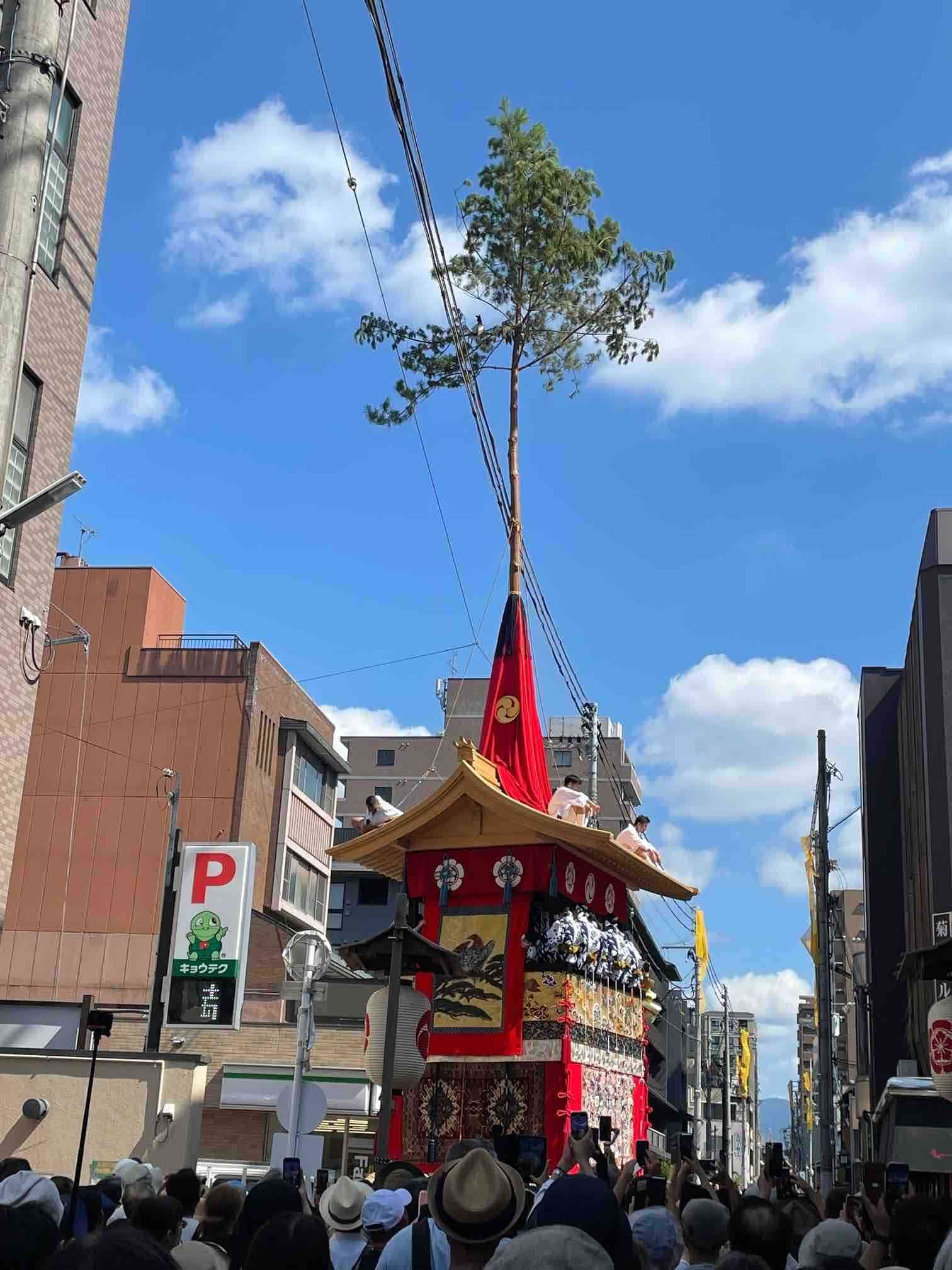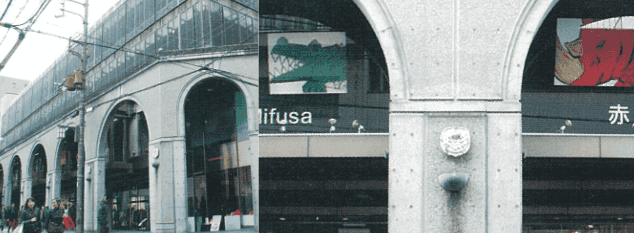Among the historical buildings on Kyoto's Sanjo Dori, the 1928 Building, constructed in 1928, deserves special mention.
Designed by Goichi Takeda, also known as the father of the Kansai architecture, the building is characterized by a style based on the Art Deco, characterized by geometric lines and patterned design, while incorporating eclectic elements such as the Lombardy strip and horizontal louver windows influenced by the 20th-century architectural master, FL Wright. The star shape seen on the windows is derived from the Mainichi Newspaper's corporate emblem.
The history of Sanjo Dori since the Meiji era is deeply related to the background of this building's construction.
During the Edo period, the Sanjo Ohashi Bridge was the terminus of the Tokaido Highway, but the actual terminus was near Sanjo Higashinotoin, and it flourished as a hub of logistics and information connecting Kyoto and Osaka. In the Meiji period, banks, telephone stations, new openings, and stores were constructed, with the brick Western style incorporated, in place of horse and carriage companies, and Sanjo Dori developed as Kyoto's main street.
In 1872, the Saikyo Densokyoku was built, and in the same year, the Shusho Company and later a library established by Kyoto Prefecture were built. 1874 saw the relocation of the Saikyo Densokyoku to Sanjo Higashinotoin and the opening of the Saikyo branch of the First National Bank of Kobe in Sanjo Karasuma. The Takehara Bank and the Kyoto branch of the Osaka Asahi Shimbun newspaper followed, establishing Sanjo Dori as a center of information, finance, and commerce.
In the 20th century, the Kyoto branch of the Bank of Japan and the Dai-ichi Bank were built, the Kyoto YMCA was constructed in 1909, the Nishimura Trading Company Building was completed in 1920, the Kyoto branch of Man-Nen-Sha was built in 1925, and the 1928 Building was completed in 1928 by Goichi Takeda as the Kyoto branch of the Mainichi Newspaper.
These historic buildings, including the 1928 Building, are important elements of the current streetscape of Kyoto's Sanjo Dori.
These buildings stand side by side on Sanjo Dori, Kyoto's main street, as symbols of civilization's opening to the outside world, and tell the story of Kyoto's unique historical background.

(left) Star-shaped window and Lombardy strip / (center) Art Deco lighting embedded in columns / (right) Horizontal louvers across windows
